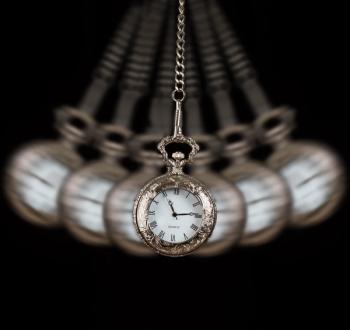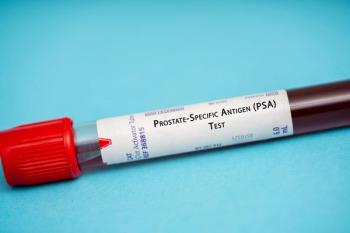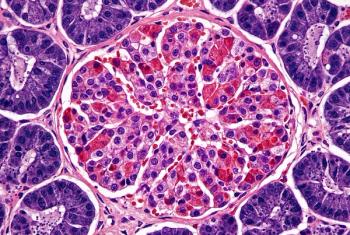
El Nino and La Nina affect eye health too, not just weather | AAO 2025
At the American Academy of Ophthalmology meeting, Andrew G. Lee, M.D., explained that El Nino and La Nina weather patterns — worsened by climate change — can worsen eye conditions such as dry eye, cataracts, infections and UV-related damage while also influencing disease outbreaks and access to care.
Climate change plays a major role in eye health, specifically by modifying the El Nino and La Nina weather patterns, according to this morning’s American Academy of Ophthalmology session, called "Sustainability and Environmental Impact of Eye Care for the Aging Population."
Andrew G. Lee, M.D., professor of ophthalmology, neurology and neurosurgery at Weill Cornell University of Texas Medical Branch, Texas A&M, University of Texas MD Anderson Cancer Center and Baylor College of Medicine, presented a segment during the session called "El Nino: Effects of Climate Change on Ocular Health."
“I want you to remember, in a global sense, that our planet has no boundaries,” Lee said during his segment. “We think that things just happen in our country and are not influencing the rest of this planet, and vice versa, but it's not true at all.”
El Nino and La Nina are weather patterns in the equatorial Pacific caused by ocean temperatures. These climate cycles influence weather patterns across the globe for the next year. Although they are not the result of climate change, climate change is expected to make the patterns more extreme.
El Nino is the periodic warming of sea surface temperature, caused by weakened trade winds. It brings wet and flood-prone conditions to the southern United States and warmer and drier conditions for the Pacific Northwest. This can lead to a reduction in Atlantic hurricanes.
Conversely, La Nina is characterized by a periodic cooling of sea surface temperatures in the central and eastern Pacific Ocean. Unlike El Nino, La Nina causes warmer and drier conditions in the southern United States and colder and wetter weather in the Pacific Northwest. It is associated with an increase in Atlantic hurricanes.
El Nino occurs every three to five years per decade, more frequent than La Nina. However, both patterns can cause eye problems.
“The climate affects dry eye syndromes, refractive changes and, weirdly, cataracts, because UV exposure increases due to these weather patterns,” Lee said.
Because El Nino years are associated with flooding in the southern United States, it means more favorable conditions for mosquito-borne illnesses such as West Nile, chikungunya and malaria.
“For us as ophthalmologists, that means you'll see a concomitant rise in viral-related chorioretinitis, optic neuritis, meningitis and encephalitis,” Lee said.
High temperatures can also impact eye health.
“Higher temperatures mean more pterygium because of the sun exposure, eyelid malignancies because of the sudden sun exposure, squamous cells, basal cells and cataracts,” Lee said.
Dry conditions caused by the El Nino cycle were responsible for the Palisades Fire in January 2025 on the West Coast and for the August 2025 Houston floods, where Lee is based.
When Lee set up a mobile eye care clinic to treat those affected by the floods, he noticed that the main reason patients visited was to replace their prescription glasses that had been lost in the flood. This was followed by contact lens problems, caused by contaminated floodwater.
“If you don't have your glasses, you can't go back to work, so it's a huge social determinant of health that occurs just from warmer water in the Pacific the year before,” Lee said. “The bottom line is we all live on one planet, and this is being affected by our climate change. It shouldn't be political, and I'm not here to make any political statement, but it is political.”
Newsletter
Get the latest industry news, event updates, and more from Managed healthcare Executive.






















































